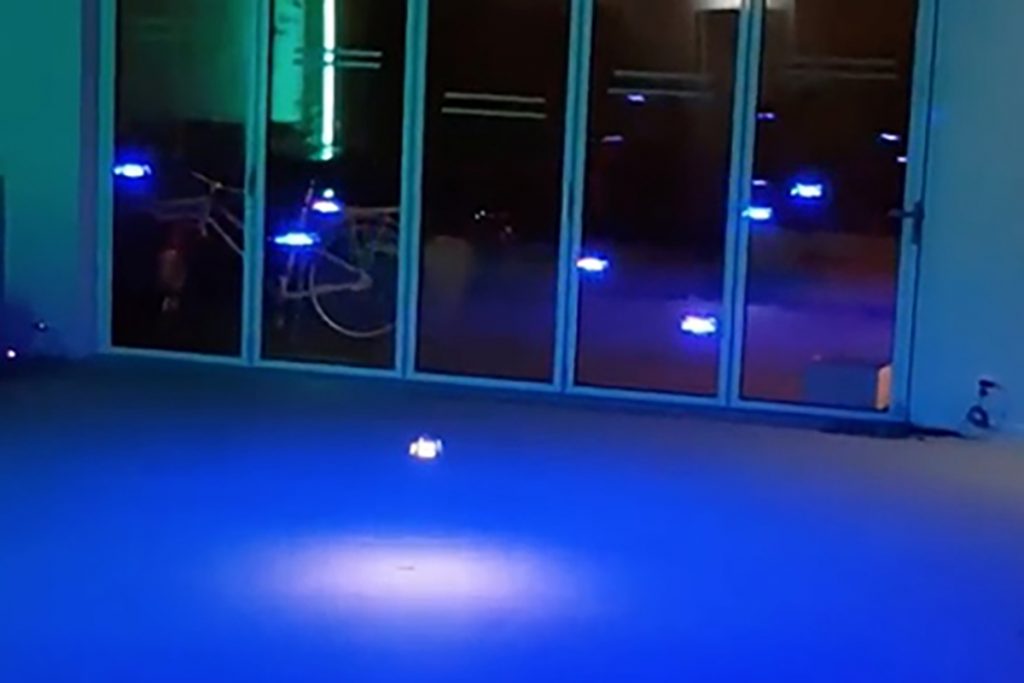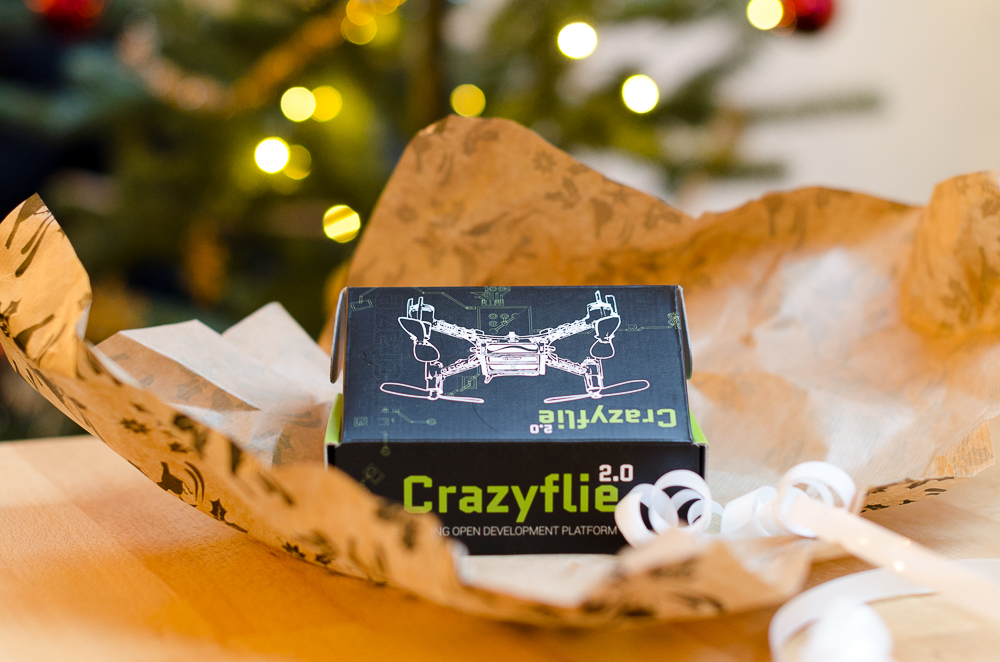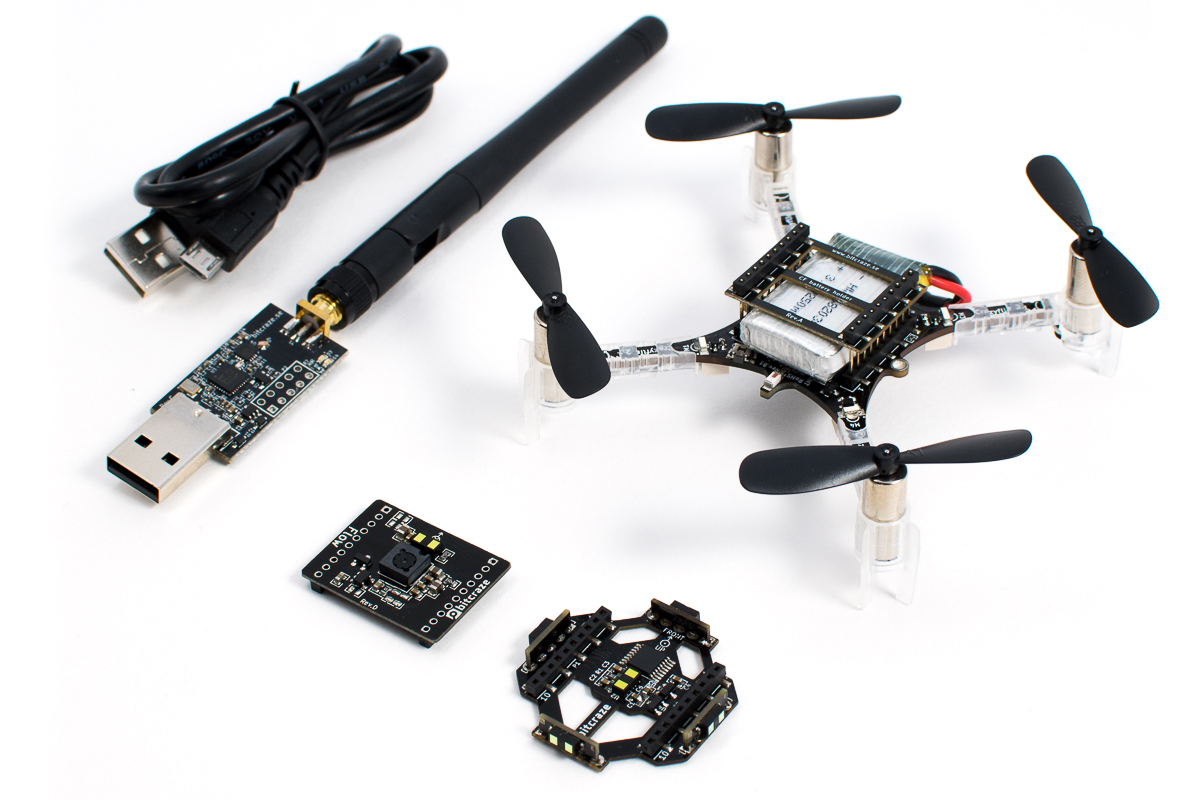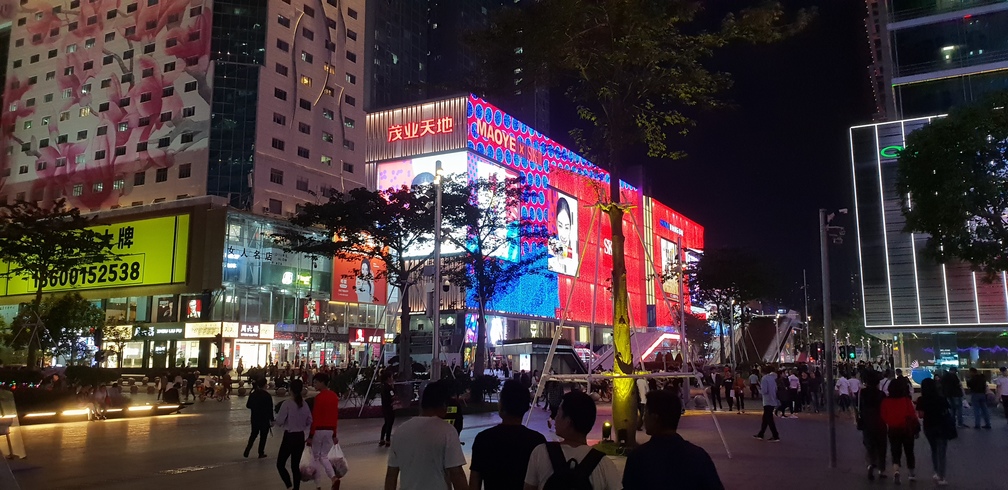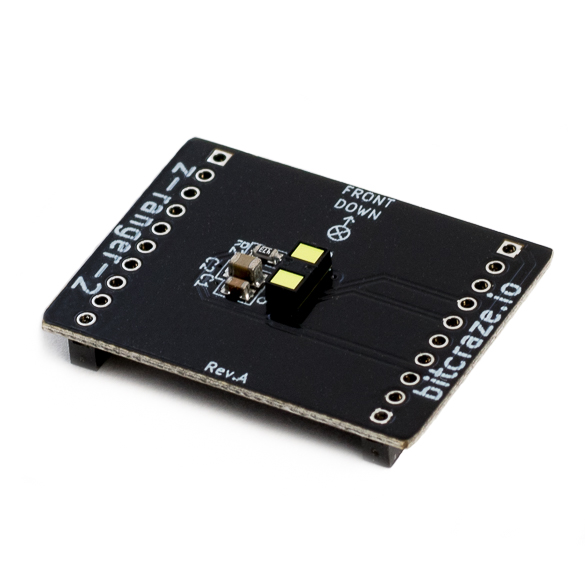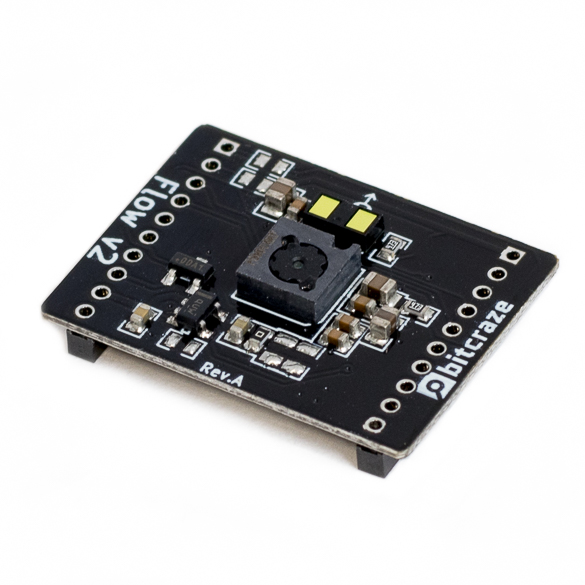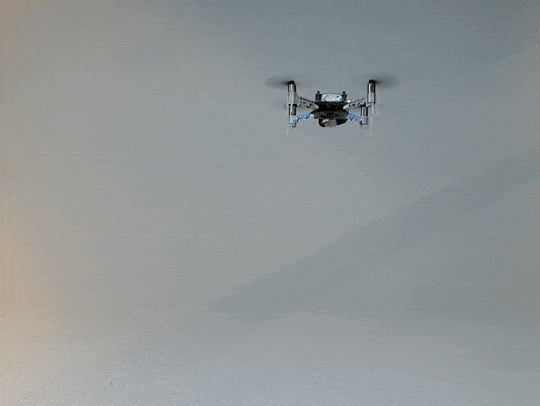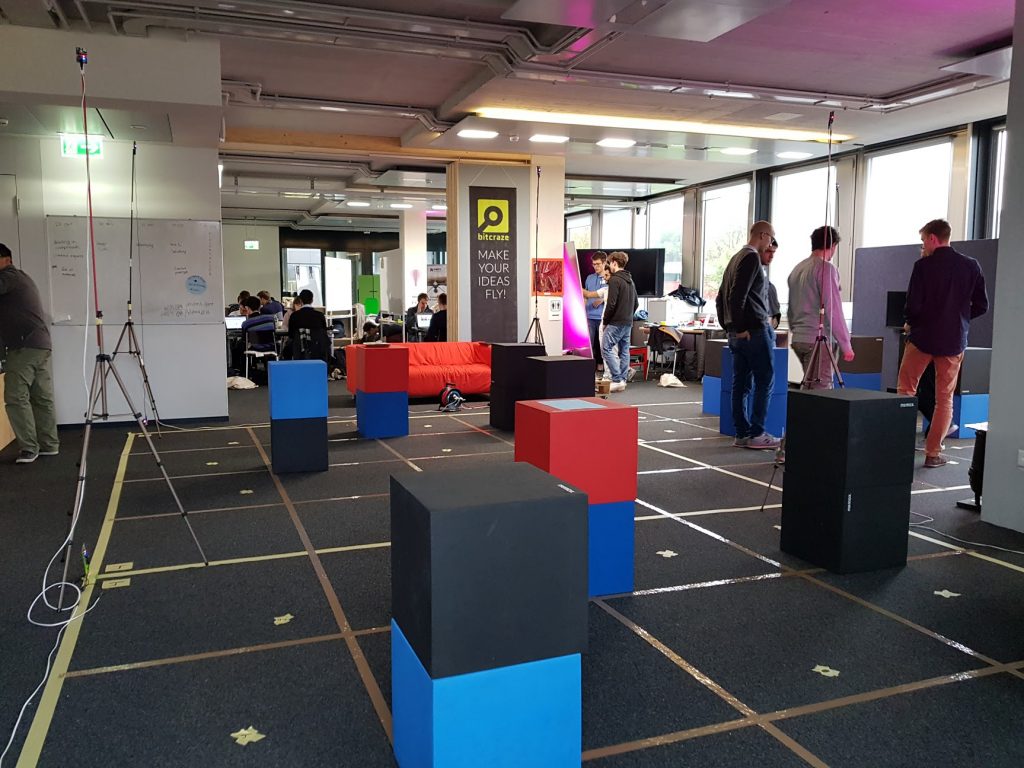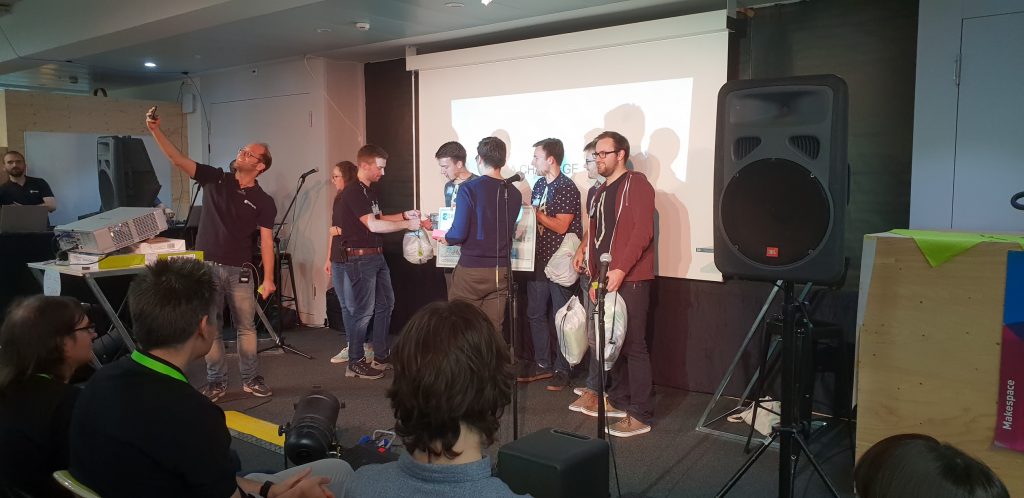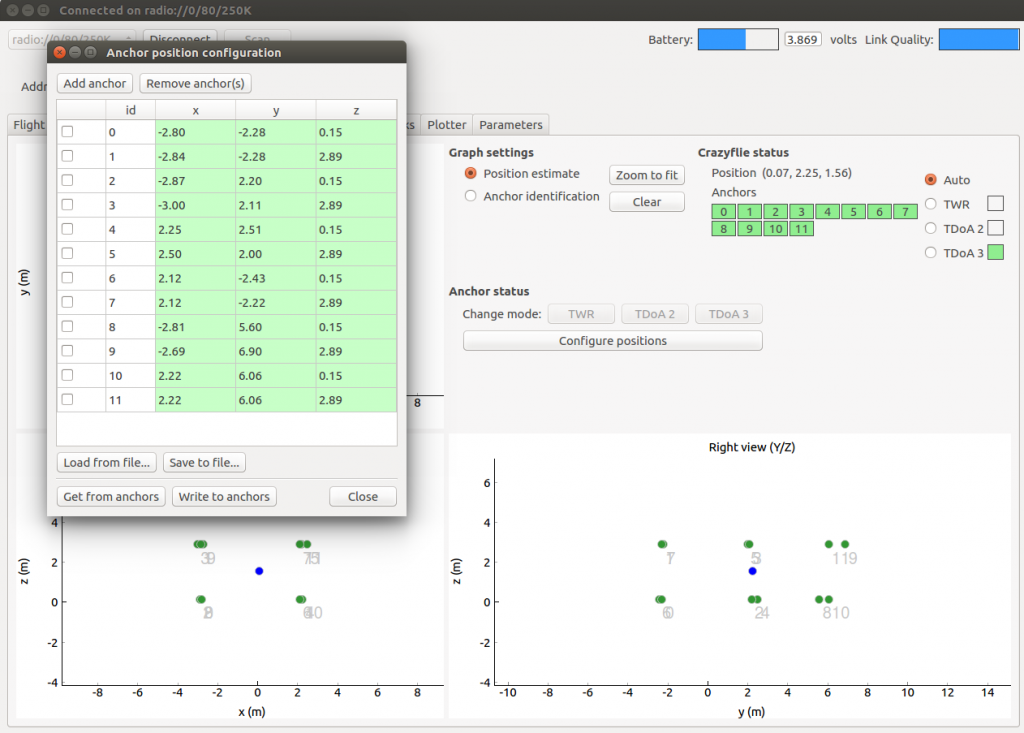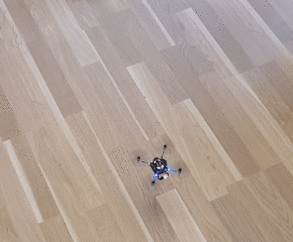The post this week is going to be a bit more about ‘how we work’. In our daily work we often have to solve problems that are not directly technical, though we tend to solve them in a technical way. Our new automated printing system is an example of that.
Last year we have started our own e-shop to be able to sell our products by ourselves. At first we used an external warehouse which ended up causing a lot of problem so we decided to have all stock for our e-shop in our office and started shipping from Sweden. Part of the plan was to make the shipping process as efficient as possible to understand what it takes to handle stock and shipping worldwide. The latest addition is an automated printing system.
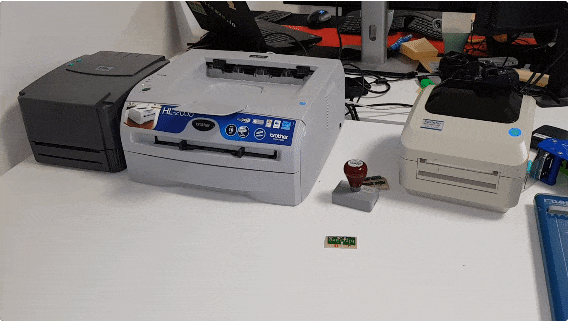
When you order in the Bitcraze store, the order is sent to a system we made to handle stock and production. In the morning, one of us will log-in in this system and start handling the orders of the night. The system is generating all documents and ordering shipping for the order, this means that all we have to do is to print the picking list and all required documentation, put the products in a box and stick all the document on the box. This level of automation was already saving us a lot of time but we still had to print manually the right amount of every required document.
We now have a Raspberry-pi connected to all the printers. A program (written in Rust, because I want to experiment with the language :) connects the management system using WebSocket and waits for a print order. When we connect to the management system we just have to click ‘print’ on the next order to get all the required instructions and documents printed, ready to use.
We are still not sure we will keep shipping from the office in the long run, but making it as efficient as possible allows us to ensure good quality and high flexibility. This kind of project is also a good excuse to play with various technologies.
